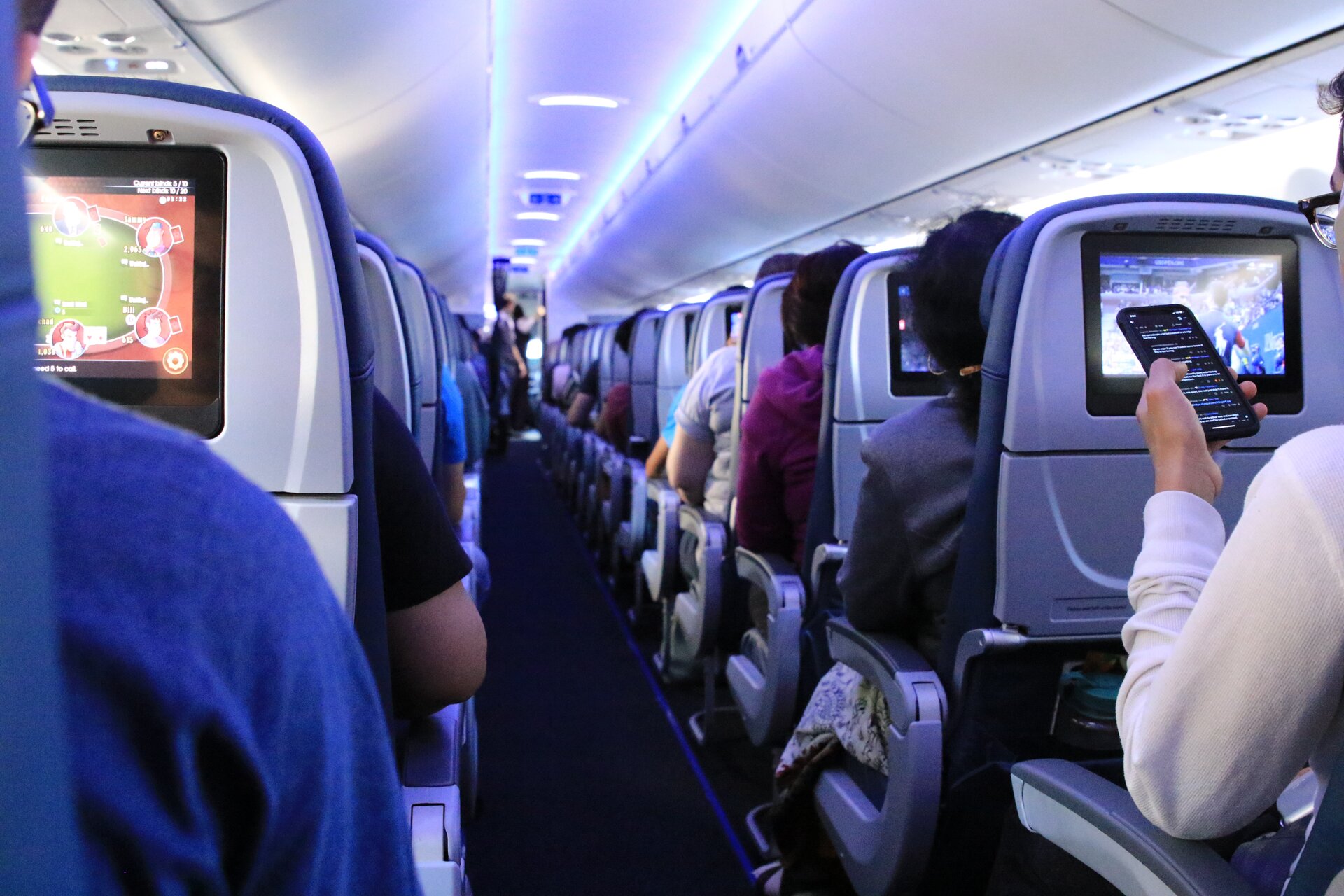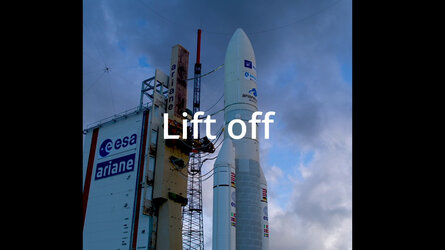Accept all cookies Accept only essential cookies See our Cookie Notice

About ESA
The European Space Agency (ESA) is Europe’s gateway to space. Its mission is to shape the development of Europe’s space capability and ensure that investment in space continues to deliver benefits to the citizens of Europe and the world.
Highlights
ESA - United space in Europe
This is ESA ESA facts Member States & Cooperating States Funding Director General Top management For Member State Delegations European vision European Space Policy ESA & EU Space Councils Responsibility & Sustainability Annual Report Calendar of meetings Corporate newsEstablishments & sites
ESA Headquarters ESA ESTEC ESA ESOC ESA ESRIN ESA EAC ESA ESAC Europe's Spaceport ESA ESEC ESA ECSAT Brussels Office Washington OfficeWorking with ESA
Business with ESA ESA Commercialisation Gateway Law at ESA Careers Cyber resilience at ESA IT at ESA Newsroom Partnerships Merchandising Licence Education Open Space Innovation Platform Integrity and Reporting Administrative Tribunal Health and SafetyMore about ESA
History ESA Historical Archives Exhibitions Publications Art & Culture ESA Merchandise Kids Diversity ESA Brand Centre ESA ChampionsLatest
Space in Member States
Find out more about space activities in our 23 Member States, and understand how ESA works together with their national agencies, institutions and organisations.
Science & Exploration
Exploring our Solar System and unlocking the secrets of the Universe
Go to topicAstronauts
Missions
Juice Euclid Webb Solar Orbiter BepiColombo Gaia ExoMars Cheops Exoplanet missions More missionsActivities
International Space Station Orion service module Gateway Concordia Caves & Pangaea BenefitsLatest
Space Safety
Protecting life and infrastructure on Earth and in orbit
Go to topicAsteroids
Asteroids and Planetary Defence Asteroid danger explained Flyeye telescope: asteroid detection Hera mission: asteroid deflection Near-Earth Object Coordination CentreSpace junk
About space debris Space debris by the numbers Space Environment Report In space refuelling, refurbishing and removingSafety from space
Clean Space ecodesign Zero Debris Technologies Space for Earth Supporting Sustainable DevelopmentLatest
Applications
Using space to benefit citizens and meet future challenges on Earth
Go to topicObserving the Earth
Observing the Earth Future EO Copernicus Meteorology Space for our climate Satellite missionsCommercialisation
ESA Commercialisation Gateway Open Space Innovation Platform Business Incubation ESA Space SolutionsLatest
Enabling & Support
Making space accessible and developing the technologies for the future
Go to topicBuilding missions
Space Engineering and Technology Test centre Laboratories Concurrent Design Facility Preparing for the future Shaping the Future Discovery and Preparation Advanced Concepts TeamSpace transportation
Space Transportation Ariane Vega Space Rider Future space transportation Boost! Europe's Spaceport Launches from Europe's Spaceport from 2012Latest

Passengers using devices on board a plane
Thank you for liking
You have already liked this page, you can only like it once!
Flight passengers will be able to connect securely to their families and colleagues on Earth via sophisticated laser systems.
A laser communications terminal prototype to demonstrate this vision is currently being developed by satellite manufacturer Airbus, working in partnership with the Netherlands organisation for applied scientific research (TNO). The project is co-financed by Airbus, TNO and the Netherlands Space Office.
The work forms part of ESA’s programme for secure and laser communication technologies – which is known as “ScyLight” and addresses optical as well as quantum communication.
Optical communication technologies – which use lasers – offer unprecedented transmission rates, data security and resilience, and are set to revolutionise satellite communications.
Optical communication is extremely hard to intercept because, in comparison to radio frequencies, it uses much narrower beams.
The laser communication terminal demonstrator developed by Airbus and partners will be designed, constructed and tested under laboratory conditions by the end of 2021.
The following year, the system – called UltraAir – will be installed in ESA’s optical ground station in Tenerife, Spain and tested in a communication link with another laser terminal on board the Alphasat telecommunications satellite, which is in geostationary orbit some 36 000 kilometres above Earth.
For the final verification, the UltraAir demonstrator will be integrated on an aircraft for flight testing by mid-2022.
The technology demonstrator will pave the way for a future UltraAir product which could reach data transmission rates of several gigabits-per-second while providing anti-jamming technology and a low probability of interception.
In the longer term, the devices will allow airline passengers to establish high-speed data connections using evolutions of the European Data Relay System (EDRS), also known as the SpaceDataHighway.
As of today, EDRS is designed to accelerate the flow of information from low-Earth orbit satellites back to people on the ground. It uses lasers to relay data back to Europe in almost real time.
EDRS is an independent European satellite system, and is a Partnership Project between ESA and Airbus, as part of ESA’s efforts to federate industry around large-scale programmes, stimulating technology developments to achieve economic benefits.
-
CREDIT
ESA -
LICENCE
ESA Standard Licence

What is the Eutelsat Quantum satellite?

Timelapse of Eutelsat Quantum launch

Timelapse of Eutelsat Quantum launch - captionned version

EDRS-C satellite enters Antonov cargo plane















 Germany
Germany
 Austria
Austria
 Belgium
Belgium
 Denmark
Denmark
 Spain
Spain
 Estonia
Estonia
 Finland
Finland
 France
France
 Greece
Greece
 Hungary
Hungary
 Ireland
Ireland
 Italy
Italy
 Luxembourg
Luxembourg
 Norway
Norway
 The Netherlands
The Netherlands
 Poland
Poland
 Portugal
Portugal
 Czechia
Czechia
 Romania
Romania
 United Kingdom
United Kingdom
 Slovenia
Slovenia
 Sweden
Sweden
 Switzerland
Switzerland

























